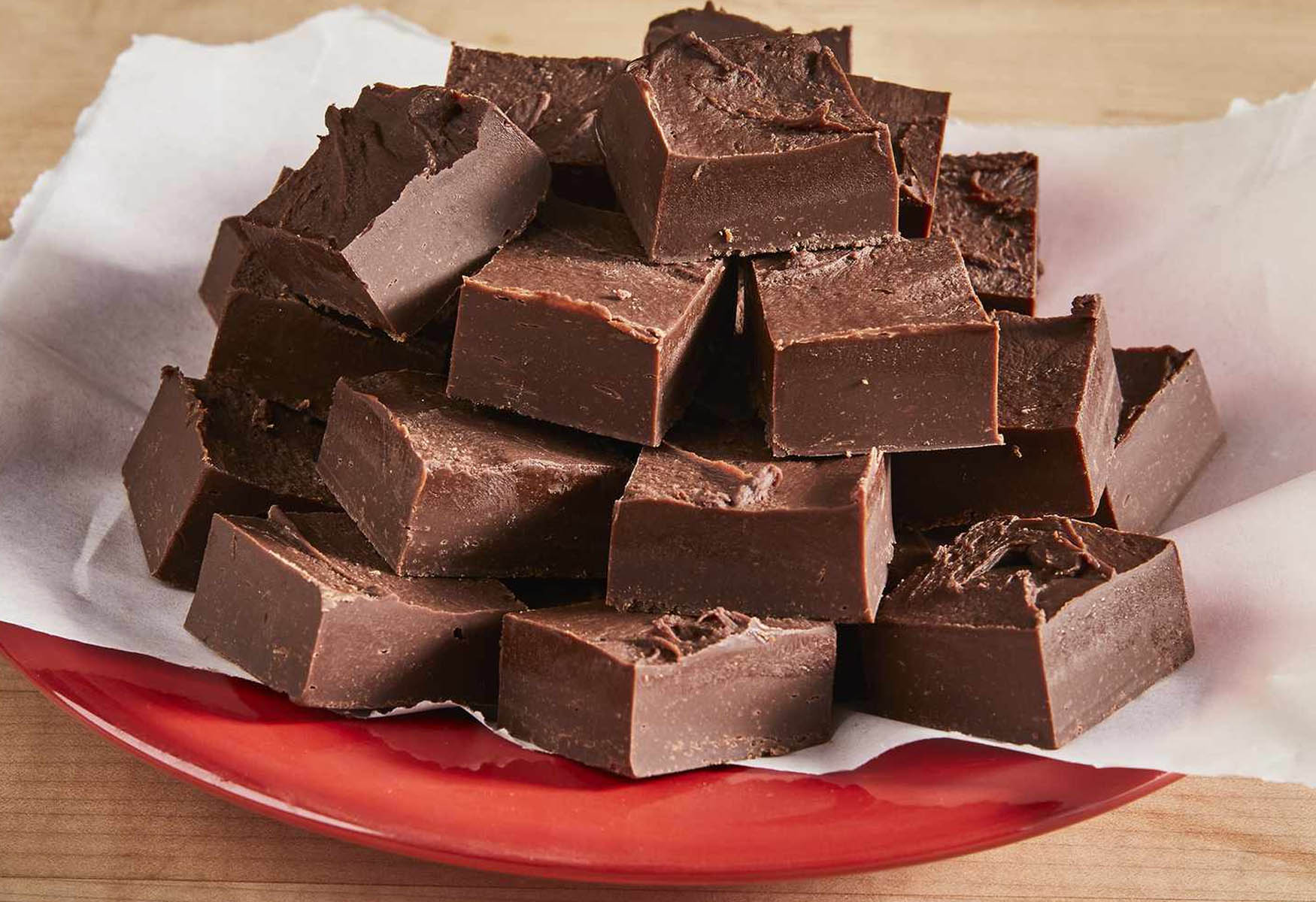
When it comes to indulgent treats, fudge is always a crowd-pleaser. This rich and decadent confectionery has been tantalizing taste buds for generations. But before you reach for another piece, it’s worth knowing some key nutrition facts about fudge. In this article, we’ll explore 11 essential facts that can shed light on how fudge fits into a balanced diet. From calorie count and sugar content to potential health benefits, we’ll delve into the nutritional profile of this beloved treat. So, whether you’re a fudge enthusiast or just curious about its impact on your health, read on to discover the ins and outs of fudge nutrition.
Key Takeaways:
- Indulge in fudge in moderation to savor its deliciousness without overloading on calories and sugar. Enjoy it as part of a balanced diet for a sweet treat.
- Keep an eye on portion sizes and enjoy fudge as a delightful addition to your well-rounded diet, considering its fat, sugar, and calorie content.
Calories
Fudge is a calorie-dense delight. A 1-ounce serving of fudge contains approximately 120-150 calories, depending on the specific recipe and ingredients used.
Fat Content
Fudge is typically high in fat, with an average of 5-8 grams per serving. The type of fat used, such as butter or heavy cream, impacts the overall fat content.
Sugar Rush
One of the key ingredients in fudge is sugar. A single serving can contain around 20-25 grams of sugar, adding to its sweet and tempting nature.
Protein Power
Fudge is not a significant source of protein, with only about 1 gram per serving. However, it can be enjoyed as a delicious treat in moderation as part of a balanced diet.
Calcium Boost
Some fudge recipes include ingredients like condensed milk, which provides a small amount of calcium to the treat, contributing to your daily intake.
Vitamin Potential
While fudge is not a significant source of vitamins, certain variations may contain ingredients like nuts, which add a small amount of vitamin E and B vitamins to the mix.
Sodium Content
Fudge tends to have a minimal amount of sodium, with about 20-50 milligrams per serving, depending on the recipe. It is still important to monitor your overall sodium intake.
Fiber Factor
Fudge is not a significant source of dietary fiber and should be enjoyed in moderation alongside fiber-rich foods to maintain a balanced diet.
Iron Infusion
While fudge is not a notable source of iron, certain variations that incorporate ingredients like cocoa powder can contribute a small amount to your daily iron intake.
Micronutrient Variety
Fudge may contain small amounts of other micronutrients, depending on the recipe. Ingredients like nuts or dried fruits can add extra minerals and antioxidants to the mix.
Portion Control
Enjoying fudge in moderation is key. Be mindful of portion sizes and savor your treat, relishing in the deliciousness without going overboard on calories and sugar.
Now that you know the 11 fudge nutrition facts, you can make informed decisions when it comes to indulging in this delectable treat. Remember, enjoying fudge as part of a well-rounded and balanced diet is the key to satisfying your sweet tooth while considering your overall health and wellness.
Conclusion
In conclusion, fudge can be a delicious treat that brings joy to many people. However, it’s important to be mindful of its nutrition facts. While fudge is high in calories, sugar, and fat, it can still be enjoyed in moderation as part of a balanced diet. If you’re looking to incorporate fudge into your diet without overindulging, consider opting for smaller portions or exploring healthier alternatives such as homemade fudge with reduced sugar or healthier ingredients. Remember to listen to your body and enjoy fudge as an occasional treat without feeling guilty. With a balanced approach, you can savor the rich and indulgent flavors of fudge while still maintaining a healthy lifestyle.
FAQs
1. Is fudge high in calories?
Yes, fudge is generally high in calories due to its high sugar and fat content. A small piece of fudge can contain around 100-150 calories.
2. Does fudge contain a lot of sugar?
Yes, fudge is typically made with large amounts of sugar. The sugar content in fudge can vary depending on the recipe, but it is generally high. Moderation is key when consuming foods high in sugar.
3. Can I find healthier versions of fudge?
Absolutely! There are healthier alternatives to traditional fudge that use ingredients like dates, nuts, and nut butters to create a similar flavor and texture. These alternatives often have reduced sugar and fat content.
4. Can I include fudge in a balanced diet?
Yes, fudge can be enjoyed in moderation as part of a balanced diet. It’s important to be mindful of portion sizes and to consider fudge as an occasional treat rather than a daily indulgence.
5. Can I make my own fudge at home?
Yes, making your own fudge at home gives you control over the ingredients and allows you to adjust the levels of sugar and fat. There are numerous recipes available online for healthier versions of fudge.
Indulging in fudge's rich flavor is a delightful treat, but understanding its nutritional value empowers conscious choices. Balancing pleasure and health allows guilt-free enjoyment of life's sweet moments. Explore more mouthwatering insights by satisfying your curiosity about chocolate fudge's nutritional profile. Unraveling fudge's fascinating facts will elevate your appreciation for this classic confection.
Was this page helpful?
Our commitment to delivering trustworthy and engaging content is at the heart of what we do. Each fact on our site is contributed by real users like you, bringing a wealth of diverse insights and information. To ensure the highest standards of accuracy and reliability, our dedicated editors meticulously review each submission. This process guarantees that the facts we share are not only fascinating but also credible. Trust in our commitment to quality and authenticity as you explore and learn with us.
